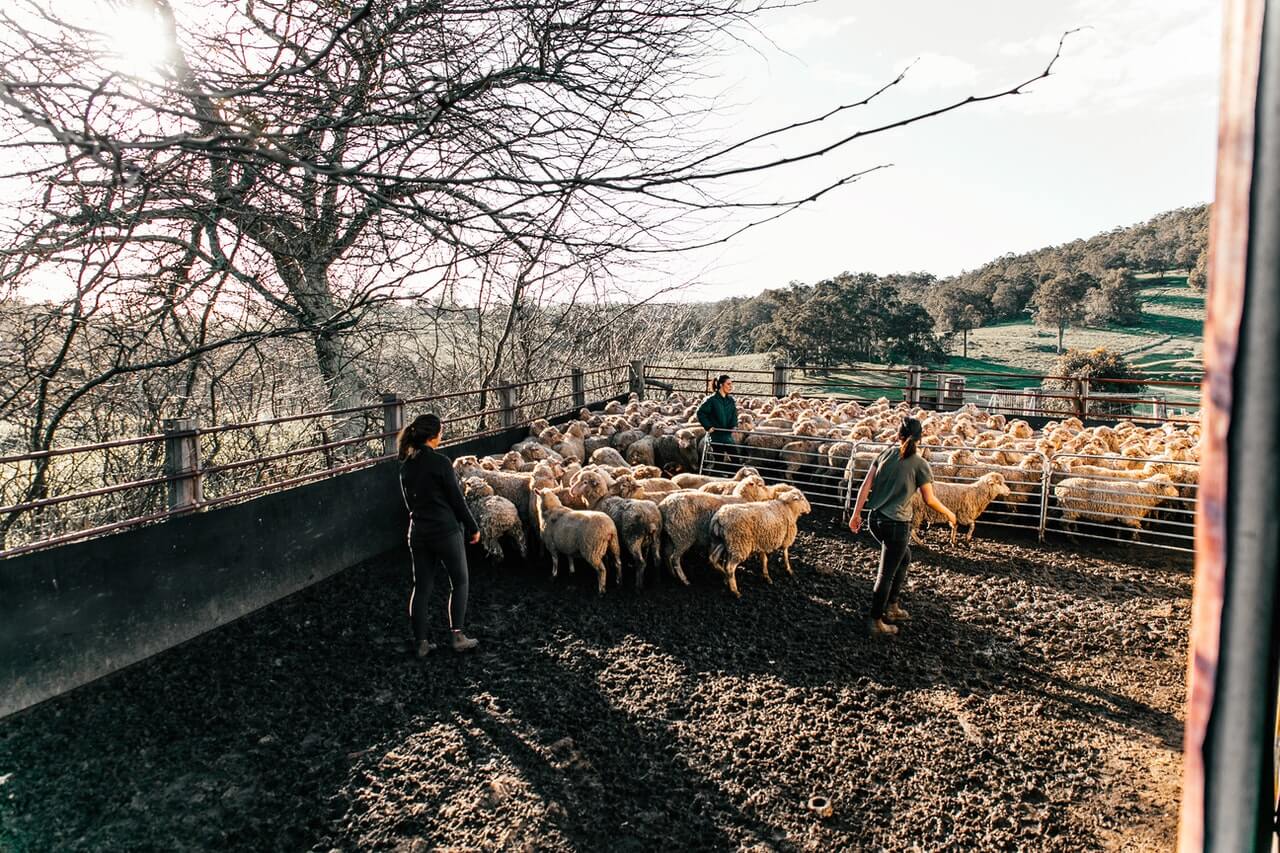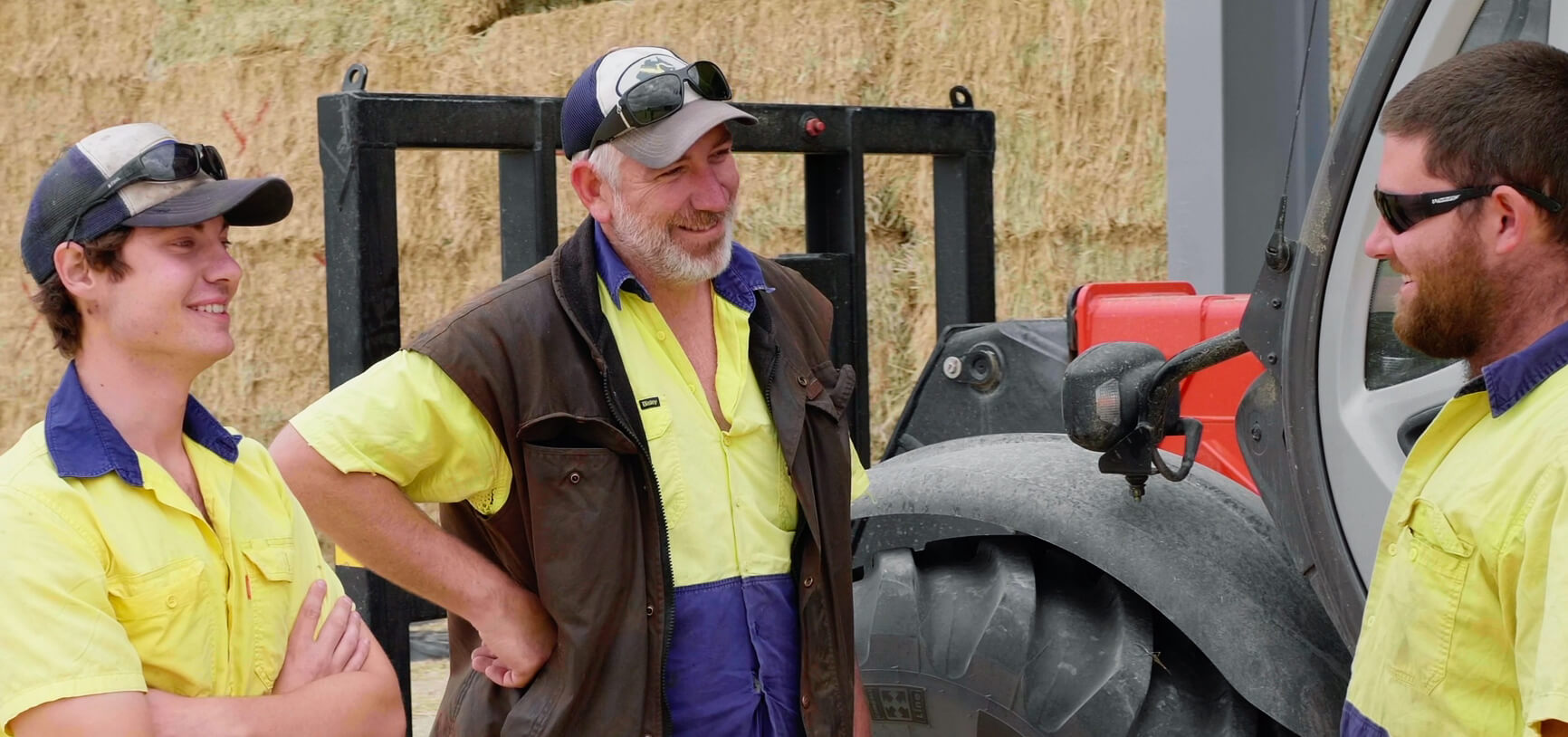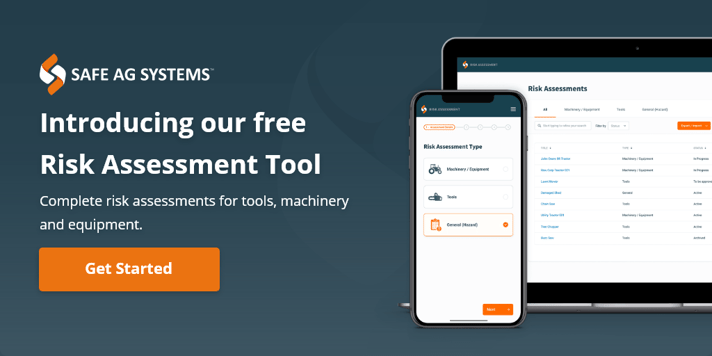For most farmers it is almost impossible to complete all tasks on farm without the help from outside resources. Yes, sometimes family members fill the vacant role, but its dangerous to assume that just because they may have grown up on farm, they know what they are doing when it comes to your machinery, chemicals, other equipment, you name it!
It’s best to approach new employees as if it was their first time working on farm. Just because they have been in a similar role on other farms you shouldn’t make the assumption that they know your safety requirements. Perhaps they are a seasonal worker, taking a gap year or helping for the holidays. Everyone has the right to go home safe so let’s get all of you ready to start work on the farm.
Farm safety inductions to keep your workers safe
A general safety induction should be the very first action taken when someone steps foot on farm. This general induction should cover the basic safety information, it should cover how the business manages its safety such as your emergency management plan, policies and procedures, include known hazards associated with working onsite such as traffic hazards, overhead powerlines, dams, chemical storage, etc. Following the general farm inductions, a safety induction specific to the job role should be included, covering any new activity the job might include such as use of specific equipment, operating or moving a vehicle.
An important part of any farm safety induction is the ‘no go’ rules. While it may seem like common sense to you, people new to your farm may not understand the risks associated with uneven terrain, confined spaces, tanks, dams etc. Point out overhead powerlines as well when you’re taking someone through the no-go zones.
Health and safety expectations should always be communicated at the commencement of work. Addressing safety at the begin of employment promotes a positive safety culture, allowing you address any concerns before they become a problem. This upfront communication makes it easier to raise safety issues between workers and Managers, and encourages your consultation process. Want to learn more about inducting seasonal workers?
Who is responsible?
An employer is responsible for the health and safety of everyone on farm, however, workers also have a duty of care for health and safety whilst at the workplace. Employees are responsible for taking reasonable care for their own and others health and safety that may be affected by their actions. Employees need to cooperate with an employer’s directive to comply with health and safety requirements.

How do you stay safe on farm?
Keeping safe when on farm should be a team effort and will involve a range of health and safety documents and tools. A farm manager should ensure workers are properly trained and educated in how to complete their jobs safely. As you may have read before, training does not always need to be formal, although it is a requirement in some circumstances. For example, forklifts require operators to have a High Risk Work Licence from a Registered Training Organisation. Those that require a license cannot “learn on the job”. Some other examples of where formal training is required; confined spaces, working at heights, safe use and handling of chemicals as well as first aid.
Part of keeping people safe on farm includes the use of policies and procedures. These documents are in place to help prevent or minimise the risks. A good policy outlines acceptable behaviour, allowing for consistency across the business. You may have heard of a Code of Conduct, First Aid Policy, Hazard and Risk Management Policy or a Work Health and Safety Policy. All of these are important and a good place to start.
Whilst a policy communicates how workers should behave, Safe Work Procedures (SWPs) explain how to work safely when completing a task or using a particular machine or tool. Acting as a set of instructions and internal controls for agribusinesses, SWPs are often used for machinery and equipment, utility vehicles, tractors, quad bikes, etc. SWPs include a pre-operational safety checklist, an operational checklist, end of operations and clean up, as well as potential hazards or injuries.
Policies and procedures should guide workers in regard to compliance and also act as evidence if the possibility of legal action arises.
Safe use of machinery and equipment
Machinery and equipment are some of the most dangerous hazards you will find on farm. Moving parts can lead to entanglement, crushing, cutting or worse. You should be aware that machinery can still pose as a non-mechanical hazard, including electrical, pressurized fluids or gas, harmful emissions and chemicals. Workers must be provided with suitable and safe access to perform their role when it comes to machinery and equipment.

Chemical Safety
The final topic we will touch on in this article is chemical safety, but that does not mean it is any less important when it comes to health and safety in agriculture. When a new worker starts on farm there are a number of hazardous chemicals they may need to be aware of, including pesticides, herbicides and fertilisers. It is important that new workers are trained on how to handle, use, store, transport and dispose of chemicals to reduce the risks. Safety Data Sheets (SDS) should always accompany chemicals and provide clear instructions along with a container label.
PPE is stands for personal protective equipment and it can range from a hat, sunscreen and sunglasses through to boots, ear plugs and high visibility clothing. There are certain circumstances that require the use of PPE and it is an employers’ responsibility to provide adequate PPE. This responsibility also includes maintenance, repair or replacement, but a worker is responsible to use and wear that PPE in line with any training and instruction provided.
There are a number of risks and hazards new workers and employers need to be aware of when starting out on farm. But with the right information, training and education, we can work together to keep everyone safe.
Topics: Safety Management System
Disclaimer: Content on this website may be of relevance to users outside of Australia, but content links and examples are specific to Australia. Please check with your local authority for your country and industry requirements.











